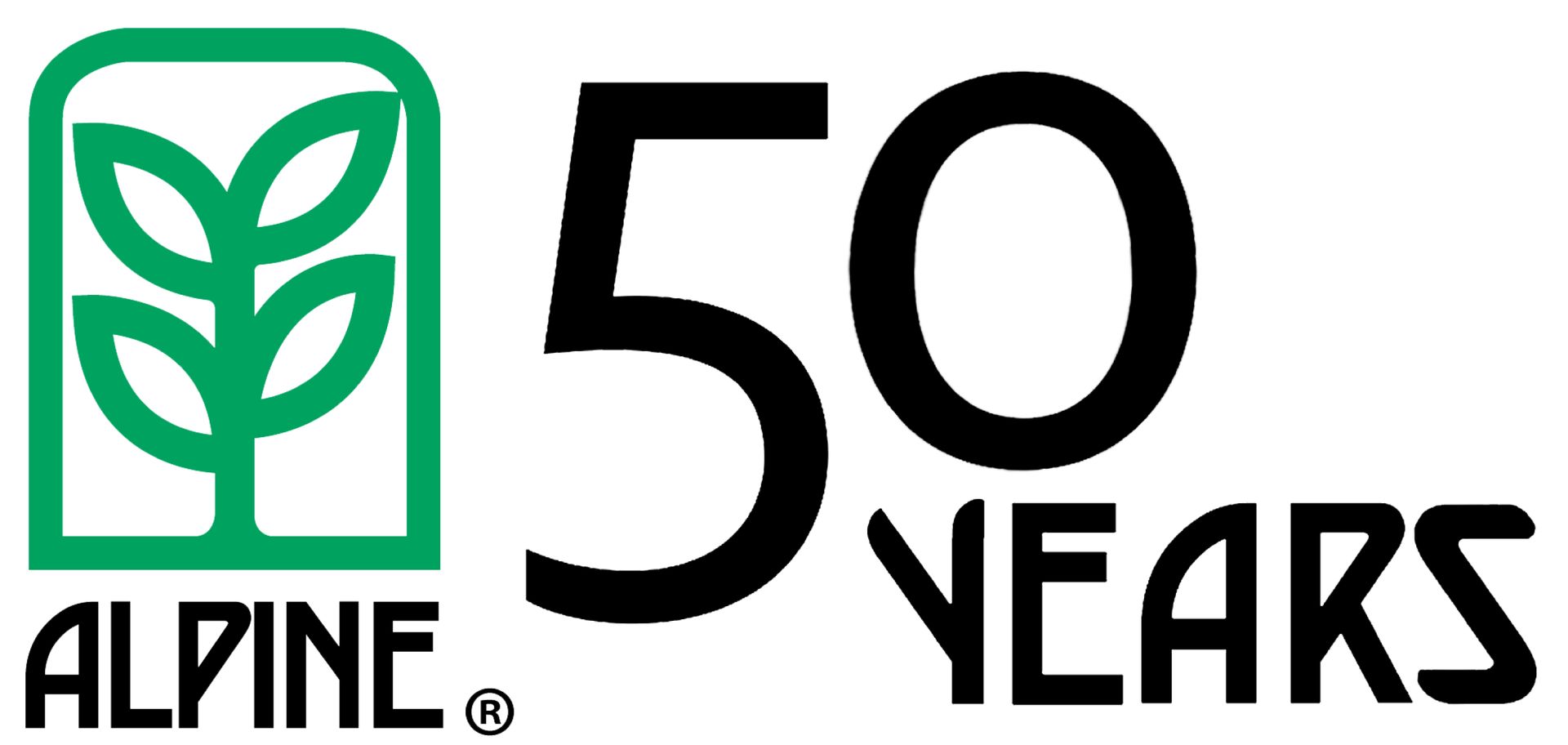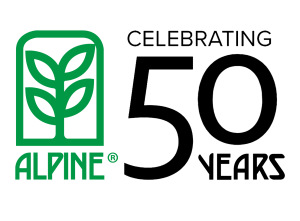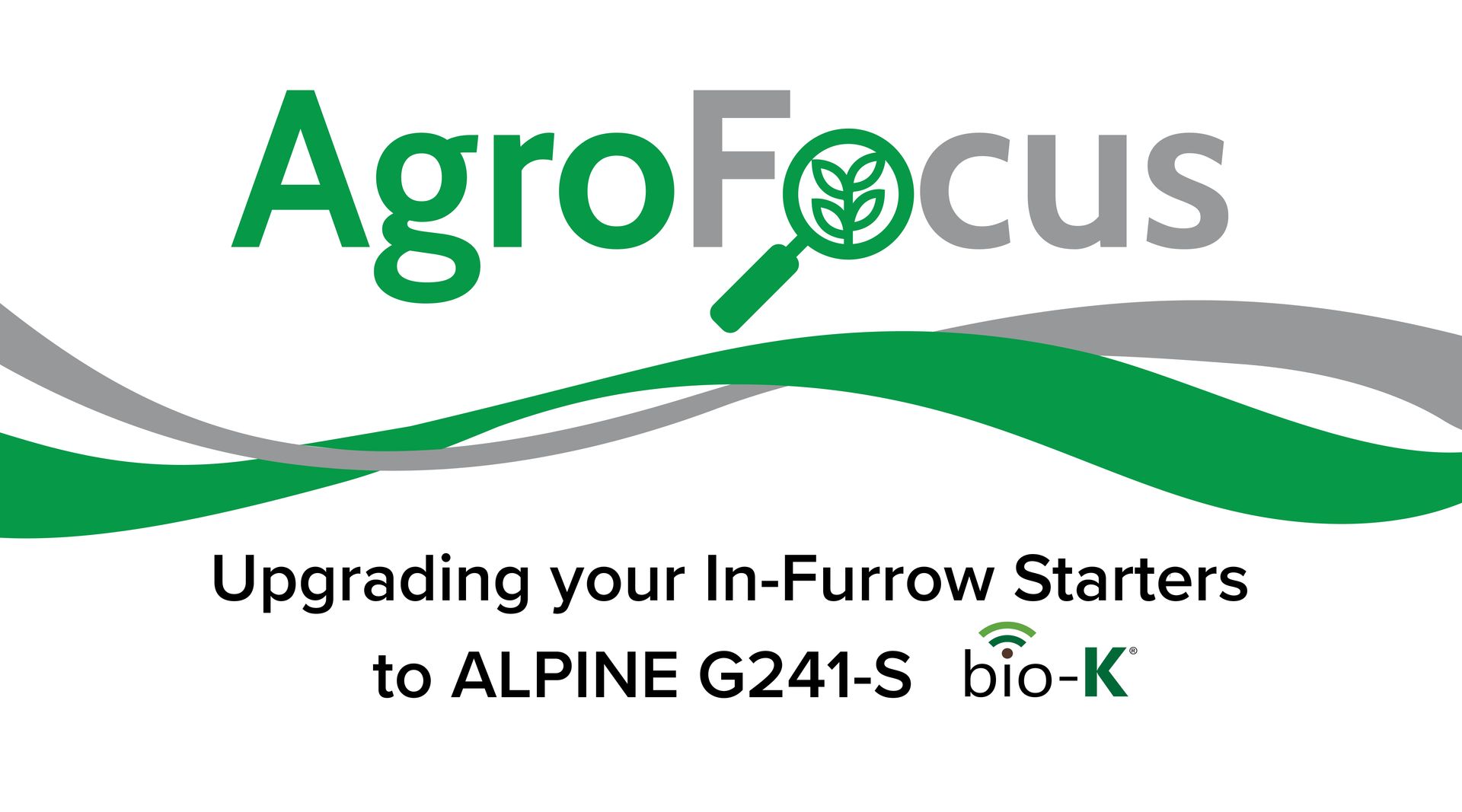June 11, 2024
Welcome to June 2024. As discussed in our March article, weather is what we receive from above, and we do not make the arrangements. Again, what is in our control is taking our past lessons and applying our experiences to the 2024 crop. As we continue to “learn, unlearn, and re-learn,” we can better understand the points of influence that we can utilize to react to our crop's needs. With most of the germination and emergence behind us, we are looking to drive vegetation by developing the best foliage we can, capturing maximum sunlight, and amplifying plant energy. This energy will be the key to supporting reproduction and then crop fill throughout the season. This is where tissue and sap sampling must be utilized to build a balanced foliar program. Once we understand a crop's requirement, we can look at a demand curve and design a program to enhance plant health. Foliar applications are often a rescue, and not in the plan, as a tool, but are very valuable in utilizing soil-applied fertility through root activation. To better understand foliar applications, we must understand what we want to achieve. First, we need to have nutrients that can be taken up by the plants. Second, we need to understand how we will feed the plant, and thirdly, we need to apply fertility with a purpose. When applying foliar products, the rates will seem inadequate for the deficiency, but what is the overarching goal? “One of the touted benefits of foliar fertilization is the increased uptake of nutrients from the soil” (George Kuepper, NCAT Agriculture Specialist, Foliar Fertilizer 2003). As we continue to learn more about root-to-soil interaction, the measurement of root tips leads to a better understanding of how each tip, expressed through foliar applications, amplifies nutrient uptake. Regarding plant fertility, our ALPINE foliar products contain orthophosphate, which plants can readily absorb through vegetation. The potassium source, ALPINE Bio-K, has the benefit of smaller molecular size and a low deliquescence point, extending available uptake time. The ALPINE Micronutrients are also chelated, allowing them to be available for uptake by the plant. As for foliar feeding your crop, we want to apply products when the plant is best available to receive them. In the mornings, when the stomata are open, stay away from the day's heat stress. If a foliar dries on a leaf, it must re-wet to become available again. It is also advantageous to feed a healthy crop and fend off stress instead of waiting to see the stress and deficiencies prior to a reactive application. It is also essential to understand how nutrients move via diffusion. So, when we can keep our foliar fertilizer in solution for a more extended period, the concentration increases during water evaporation, allowing the fertilizer to be taken into your crops. Applying with a purpose is what I continue to strive to learn, causing me to read, experiment, and incorporate new ideas along the way. Take our ALPINE K20-S, for example, a 3-0-20-8S-0.2B-0.1Mn-0.002Mo blended foliar. Nitrogen works as an adjuvant to enhance nutrient uptake and increases the formation of amino acids required to develop protein along with sulfur and molybdenum. The ALPINE Bio-K, a potassium acetate source, increases plant metabolism, nutrient uptake, and feeding microbiology. As a result, the package, which also includes boron, is designed to improve uptake and assimilation to better equip your crop for success. When combining ALPINE K20-S with ALPINE CRN-B later in the vegetation season, we can stimulate crops to greater success. If the rain continues, this combination has proven to strengthen crops struggling with root rot and K & B deficiencies. I would also like you to consider working with your nitrogen applications, knowing that straight N is not always your plant's best friend. As we continue to look at humic and fulvic acids, along with Boron, Magnesium, and Calcium, in blended situations, there will be much more to write about in the near future. If you have further questions, don't hesitate to contact your ALPINE DSMs and Dealers. I wish everyone a safe and prosperous Summer ahead. Steve McQueen, Agronomy Manager











